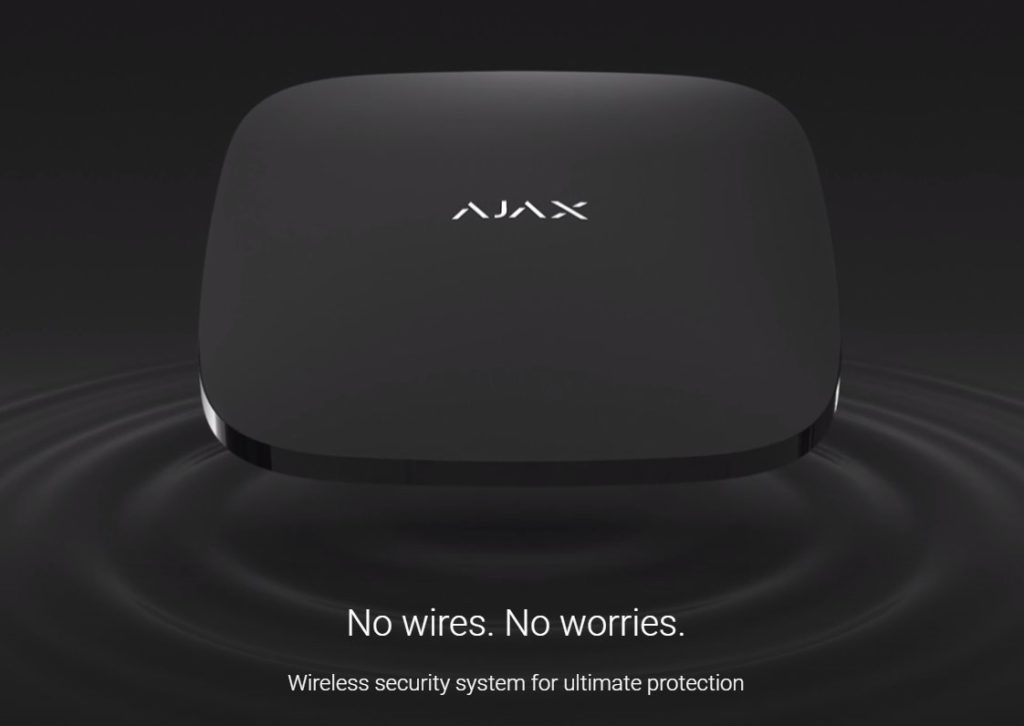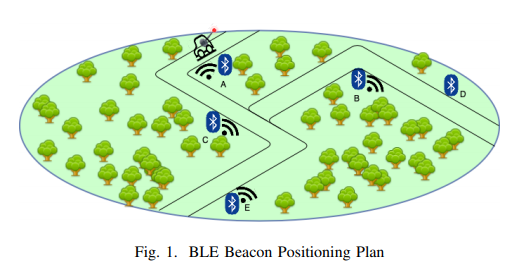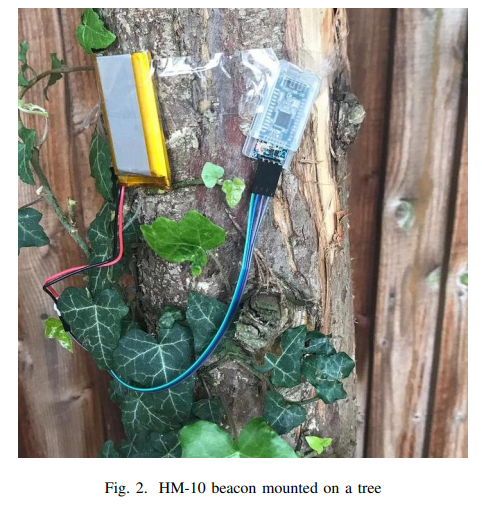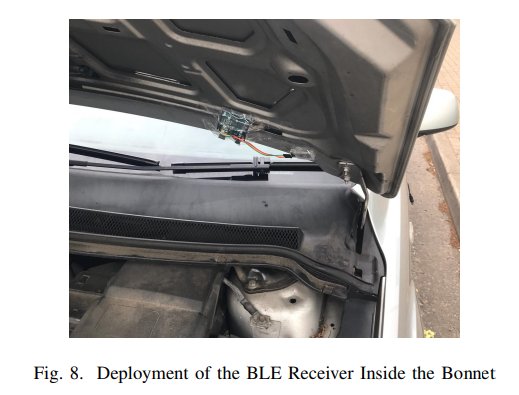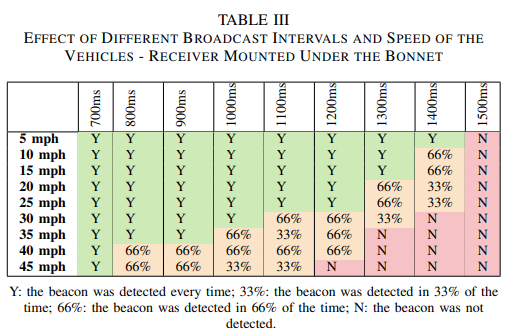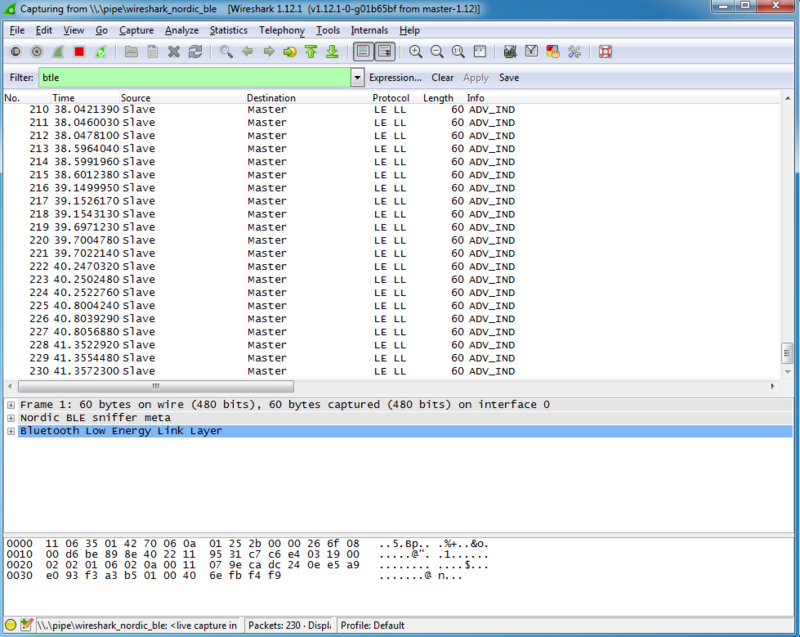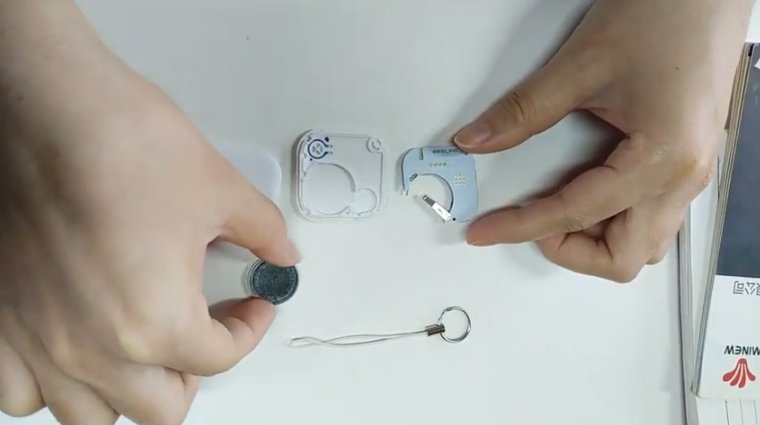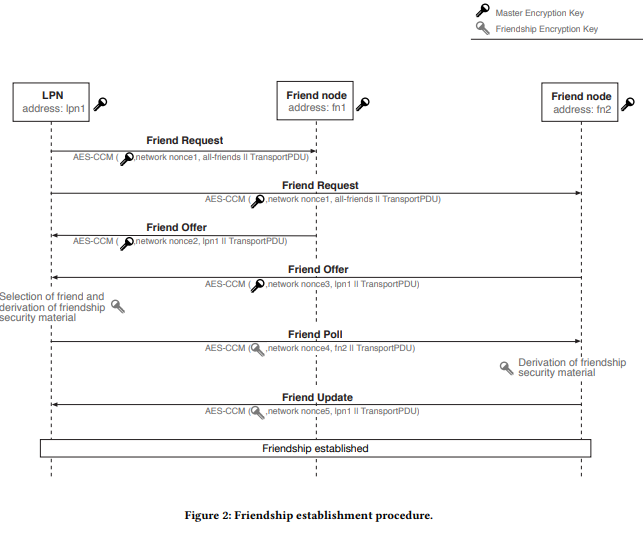There’s an article at The Parallax on how the Tesla Model 3 constantly sends out iBeacon advertising. This allows the Android/iOS app to see the car and consequently unlock and start the car without a key. Martin Herfurt, a security expert for Austria, claims this is a security and privacy vulnerability.
Tesla’s response has been:
“BLE tracking is something we’ve discussed internally, and we revisited this discussion after receiving your report. However, our current assessment is that randomizing BLE identifiers would not result in significant privacy gains due to the ubiquity of automated license plate readers”
What Tesla is saying is that there are other ways to track cars so they believe it’s not a issue.
The security researcher can detect cars up to 50m away and said…
“… the range can be easily extended with a directional antenna, possibly to reach up to a mile away”
We would like to know how to ‘easily’ get such a directional antenna as, to our knowledge, no such thing exists. 50m range advertising is just that and can’t be extended significantly by changing the receiver antenna.
However, the Tesla Model 3 being an iBeacon raises the question whether this is a significant privacy concern. Indeed, anything or anyone advertising Bluetooth can turn into a privacy concern. In the article, connected-car security researcher Tim Brom says it can be a concern if you’re a high-value target of any kind or worried about a stalker.
Even when id’s or randomized or cycled, as in the case of Eddystone EID, the mere presence of Bluetooth advertising can reveal the presence of something that needs to be concealed. For example, Wired recently wrote Burglars Really Do Use Bluetooth Scanners to Find Laptops and Phones.
The learning is that you shouldn’t blindly implement Bluetooth without considering the security implications and providing mitigations. In the case of Tesla, they could have had an option for security conscious users to turn off Bluetooth and instead use a key.
